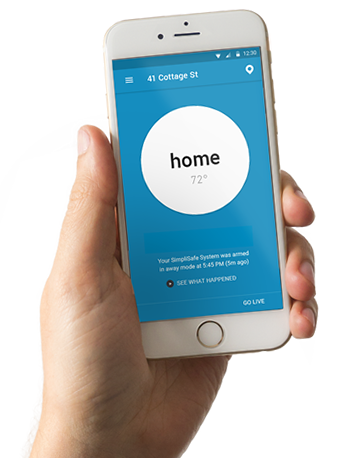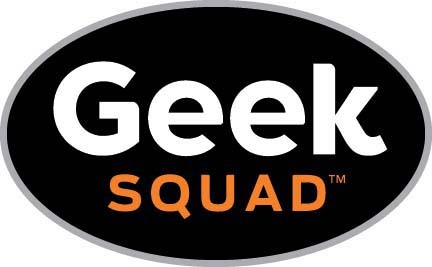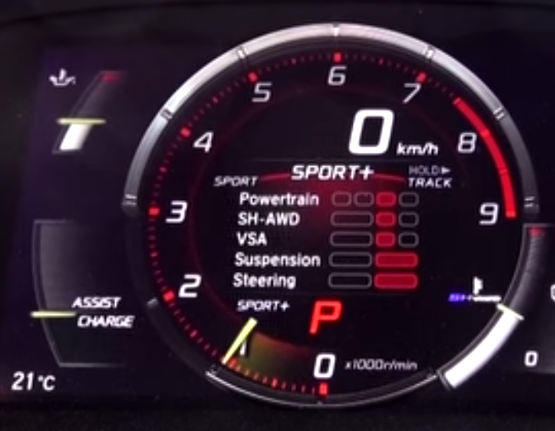Ever since the intro of things like Chris Bangle's 7-series, flat design in iOS7, the scorched death of skeumorphism, and car design silliness like the Acura beak, Lexus spindle grille, chrome fake fender vents, the Nissan "floating roof," etc., I've turned into a really tough customer (whining baby) who views at least 50% of "new and improved designs" with complete dread. Most seem like solutions to problems nobody could have possibly requested.
The last straw was tonight finding that Verizon reprogrammed the DVR remote control interface so that instead of keeping your eyes on the screen and thumbing to options on the screen using a button & 4 nearby arrows for 90% of your business, you now have to look at the remote and use your other hand reach the PLAY button in the middle of the remote and then again look down and reach even farther away to the red button with "C" at the bottom to delete a program. This appeared without warning didn't even leave the old way of doing things as an option, taking me 5 minutes to figure out what was going on.
Tapatalk used to be pretty great and is now painful to use with confusing menus in its attempt to be a social app which it just isn't. Windows, iOS, and OSX use transparency as if the world suddenly forgot that things can be behind things on the screen - because we all wished 8.5x11 paper was see-thru and hard to read. Most everything I do now with iOS takes twice as many swipes and presses as before iOS7, and frequently only after hunting and guessing how things work that used to be just intuitive. But every screen is now white, yay. And, ios7's grey-low-contrast text on white backgrounds and hiding of functions behind multiple clicks just to have a clean interface has bled over onto most every website, now being Un clear what's clickable and what's FYI only...no more buttons to grab your attention subconsciously. Even microwaves have button shapes for God's sake. And since colors count as showing what's "clickable" now, no longer is color used to indicate certain information and most all text is a hard to read grey or light blue on a low-contrast background. Bottom line, all this simplicity makes you have to work harder in minute amounts that are really noticeable when stacked together. Or now most websites feature a high definition photograph taking up the whole screen for no useful reason after the first wow effect and require lots of scrolling far up down just to get to the various click options that used to fit onto one screen. Everything is flat and undistinguishable so you have to really think for what's clickable vs what's just info, and I often get frustrated as to what's really clickable since grey text still feels like what used to represent a non-available unclickable option. Now unclickable options are really, really light grey. And why are dumbed down UI graphics for phones now used on computer operating systems where it's possible to have a 30 inch plus screen. WTH
Come on designers, what's going on behind the scenes. Is this considered the best way of doing things? Do any of you discuss this amongst yourselves in the work environment, and is this really perceived as good design, a huge step up from 5 years ago and here to stay? Am I just out of touch or in the small minority? Really, what's going on. Thought it'd be interesting to hear from designers and non-designers in a non-techie forum, I honestly want to hear expert insight to learn me what I'm not seeing.
I can only think that perhaps UI reached a point of near-perfection within today's 2D high resolution screens with little room to improve, and human nature and marketing departments just have to keep tinkering.
The last straw was tonight finding that Verizon reprogrammed the DVR remote control interface so that instead of keeping your eyes on the screen and thumbing to options on the screen using a button & 4 nearby arrows for 90% of your business, you now have to look at the remote and use your other hand reach the PLAY button in the middle of the remote and then again look down and reach even farther away to the red button with "C" at the bottom to delete a program. This appeared without warning didn't even leave the old way of doing things as an option, taking me 5 minutes to figure out what was going on.
Tapatalk used to be pretty great and is now painful to use with confusing menus in its attempt to be a social app which it just isn't. Windows, iOS, and OSX use transparency as if the world suddenly forgot that things can be behind things on the screen - because we all wished 8.5x11 paper was see-thru and hard to read. Most everything I do now with iOS takes twice as many swipes and presses as before iOS7, and frequently only after hunting and guessing how things work that used to be just intuitive. But every screen is now white, yay. And, ios7's grey-low-contrast text on white backgrounds and hiding of functions behind multiple clicks just to have a clean interface has bled over onto most every website, now being Un clear what's clickable and what's FYI only...no more buttons to grab your attention subconsciously. Even microwaves have button shapes for God's sake. And since colors count as showing what's "clickable" now, no longer is color used to indicate certain information and most all text is a hard to read grey or light blue on a low-contrast background. Bottom line, all this simplicity makes you have to work harder in minute amounts that are really noticeable when stacked together. Or now most websites feature a high definition photograph taking up the whole screen for no useful reason after the first wow effect and require lots of scrolling far up down just to get to the various click options that used to fit onto one screen. Everything is flat and undistinguishable so you have to really think for what's clickable vs what's just info, and I often get frustrated as to what's really clickable since grey text still feels like what used to represent a non-available unclickable option. Now unclickable options are really, really light grey. And why are dumbed down UI graphics for phones now used on computer operating systems where it's possible to have a 30 inch plus screen. WTH
Come on designers, what's going on behind the scenes. Is this considered the best way of doing things? Do any of you discuss this amongst yourselves in the work environment, and is this really perceived as good design, a huge step up from 5 years ago and here to stay? Am I just out of touch or in the small minority? Really, what's going on. Thought it'd be interesting to hear from designers and non-designers in a non-techie forum, I honestly want to hear expert insight to learn me what I'm not seeing.
I can only think that perhaps UI reached a point of near-perfection within today's 2D high resolution screens with little room to improve, and human nature and marketing departments just have to keep tinkering.
Last edited:









